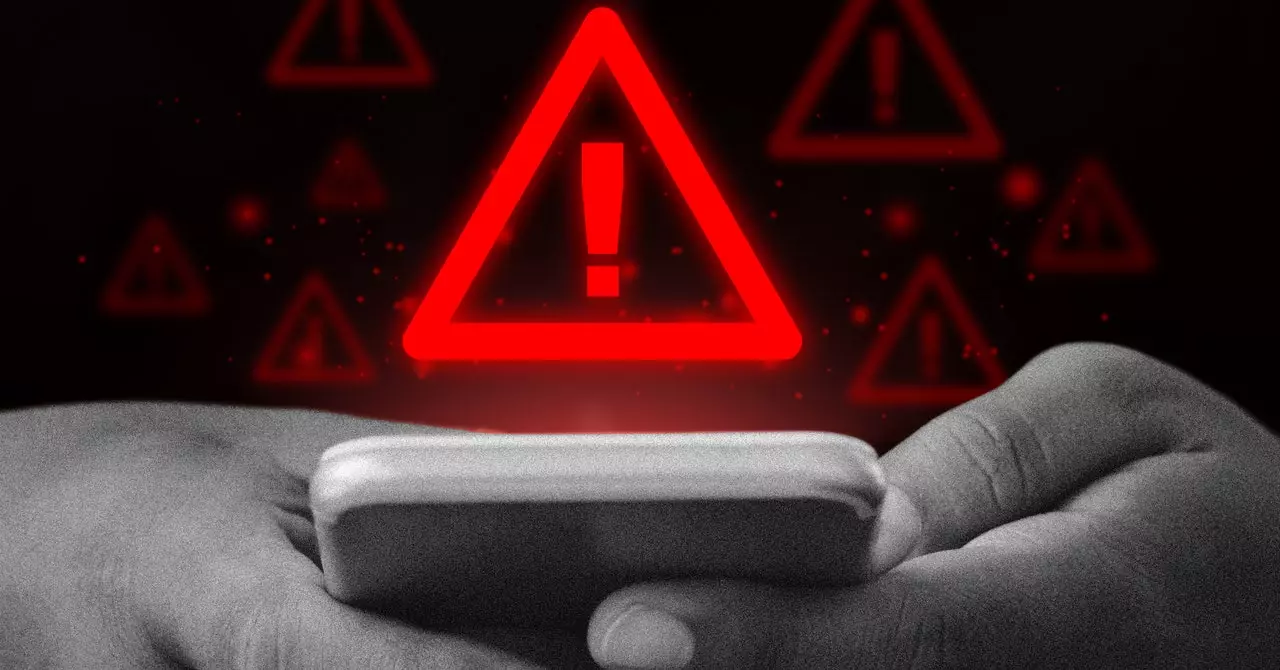TikTok’s Lite version, targeted at users in poorer markets, has been found to lack essential safeguards such as the automatic labeling of AI-generated content. While the full version of the app provides labels for graphic or dangerous content, the Lite version fails to do so. This discrepancy raises concerns about the lack of information users in poorer markets receive regarding the authenticity of the content they are consuming.
The decision to exclude important safety features in the Lite version of TikTok raises questions about the company’s priorities. Odanga Madung, a Mozilla fellow, highlights that labeling is crucial for establishing trust and safety on a platform. The absence of these guardrails in the Lite version suggests a disregard for the well-being of users in less affluent regions. This lack of transparency could have serious implications, especially in situations where deceptive content can influence elections.
In response to the report, a TikTok spokesperson defended the Lite version, emphasizing that content violating rules is removed from the platform. However, the spokesperson failed to address the specific criticisms regarding the absence of safety features like content labeling. This response raises further questions about the company’s commitment to ensuring a safe user experience across all versions of the app.
The introduction of Lite versions of popular apps is not a new strategy, with companies like Meta (formerly Facebook) launching similar products to cater to users in regions with limited data access. While these Lite versions aim to expand market reach, they have faced criticism for providing a subpar experience to users in lower-income countries. TikTok’s decision to prioritize data optimization over safety features in its Lite version reflects a broader industry trend of sacrificing user protection for increased accessibility.
As TikTok Lite continues to gain popularity in regions like Southeast Asia, the lack of safeguards in the app becomes a pressing issue for users in the Global South. Payal Arora, a professor of inclusive AI cultures, points out that the majority of users in these regions are low-income and resource-constrained. By neglecting to implement crucial safety measures, TikTok risks exposing vulnerable populations to harmful content without adequate protection.
TikTok’s failure to provide essential safeguards in its Lite version raises significant concerns about the company’s commitment to user safety. The disparity between the full and Lite versions of the app highlights an alarming neglect for the well-being of users in poorer markets. Moving forward, it is essential for platforms like TikTok to prioritize safety features across all versions to ensure a secure and trustworthy user experience worldwide.


Leave a Reply